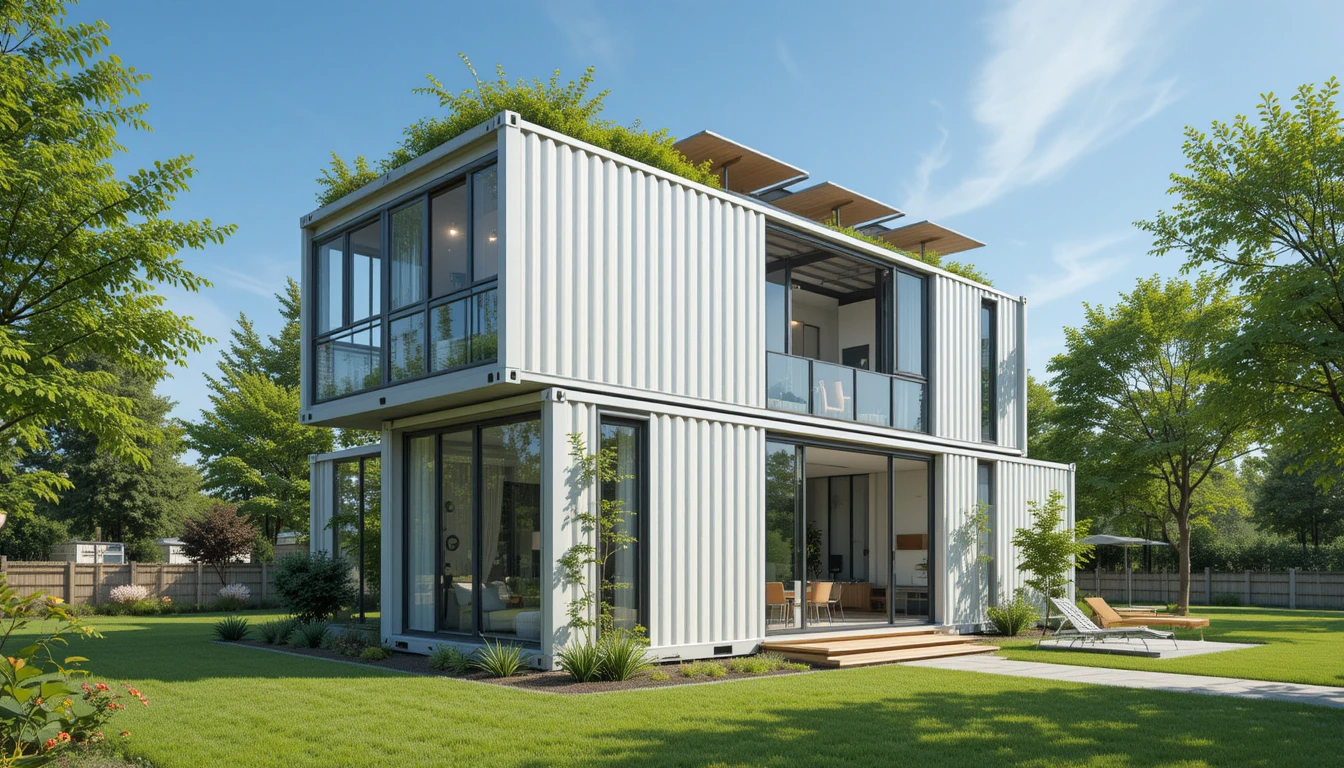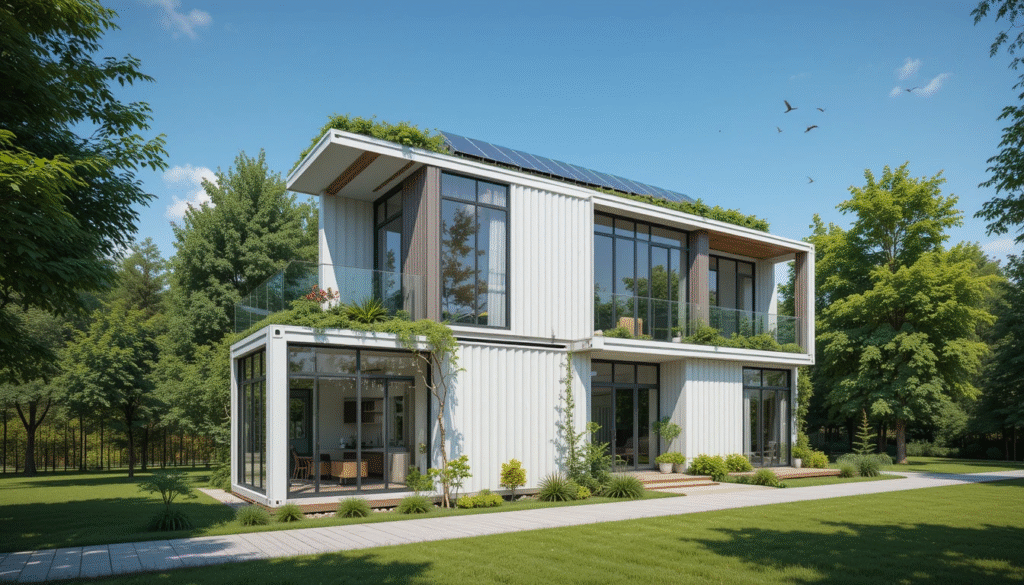Phone:
(701)814-6992
Physical address:
6296 Donnelly Plaza
Ratkeville, Bahamas.

The quest for sustainable living has led to innovative housing solutions, and shipping container homes stand at the forefront. These structures repurpose decommissioned steel containers into affordable, eco-friendly dwellings, offering a blueprint for reducing waste and carbon footprints. As urbanization intensifies and housing demands grow, container homes present a scalable, creative answer. This article explores their benefits, challenges, design possibilities, and answers common questions about this revolutionary trend.
🍓 Click Here to Buy Tiny homes 🥃✨
🛒🍓 Grab Your Tiny homes Now! 🥂💎
🍹🍓 Enjoy the Sweetness – Buy Tiny homes Today! 🛍🔥
Shipping container homes are residential spaces constructed from recycled steel containers originally used for transporting goods. Standard containers measure 20 or 40 feet in length, providing modular units that can be stacked or combined. Architects and builders retrofit these structures with insulation, windows, doors, and utilities, transforming them into functional living spaces. Their durability, mobility, and industrial aesthetic appeal to eco-conscious homeowners and minimalist designers alike.
The Rise of Container Homes: A Brief History
The concept emerged in the late 2000s as architects sought sustainable alternatives to traditional construction. Containers, often abandoned after 10–15 years of use, offered an abundant resource. Pioneering projects like Amsterdam’s Keetwonen student housing and California’s “Container City” showcased their potential. Today, they’re used for homes, offices, pop-up shops, and emergency shelters, driven by their low cost and rapid build time.
Benefits of Shipping Container Homes
Challenges and Considerations
Design Innovations
Architects are pushing boundaries with green roofs, solar panels, and modular add-ons. For example, Casa Incubo in Costa Rica uses stacked containers with panoramic glass walls, while EcoFriendlyLife’s designs incorporate rainwater harvesting and sustainable materials.
People Also Ask: Common Questions Answered
Yes. While customization costs vary, container homes typically cost 10–50% less due to lower material and labor expenses.
With proper maintenance—rust treatment, insulation, and paint—they last 25–30 years, comparable to traditional homes.
Yes. Reinforced steel withstands hurricanes and earthquakes better than wood-frame houses, though insulation is critical for comfort.
DIY builds are possible but require welding, plumbing, and electrical skills. Many hire professionals for complex stages.
Resale value depends on location, design, and permits. Well-designed units in desirable areas often appreciate.
Pipes and wiring are installed through floor conduits or wall cavities. Off-grid systems (solar, composting toilets) enhance sustainability.
Older containers may have lead paint or pesticide-treated floors. Opt for “food-grade” units or sandblast surfaces before use.
The Freitag Tower in Zurich spans nine stories using 17 containers, housing a flagship store and office spaces.
The Future of Container Living

Advancements in 3D printing, smart home tech, and prefab construction will streamline container home builds. Communities like Containers of Hope in Honduras highlight their role in addressing global housing shortages. As circular economies gain traction, container homes symbolize a shift toward resourcefulness and sustainability.
Conclusion
Shipping container homes redefine modern living by merging affordability, sustainability, and innovation. While challenges like zoning and insulation persist, their benefits—reduced environmental impact, cost savings, and design flexibility—make them a compelling choice for the future. As technology evolves and societal priorities shift, these homes will likely play a pivotal role in creating resilient, eco-conscious communities worldwide.